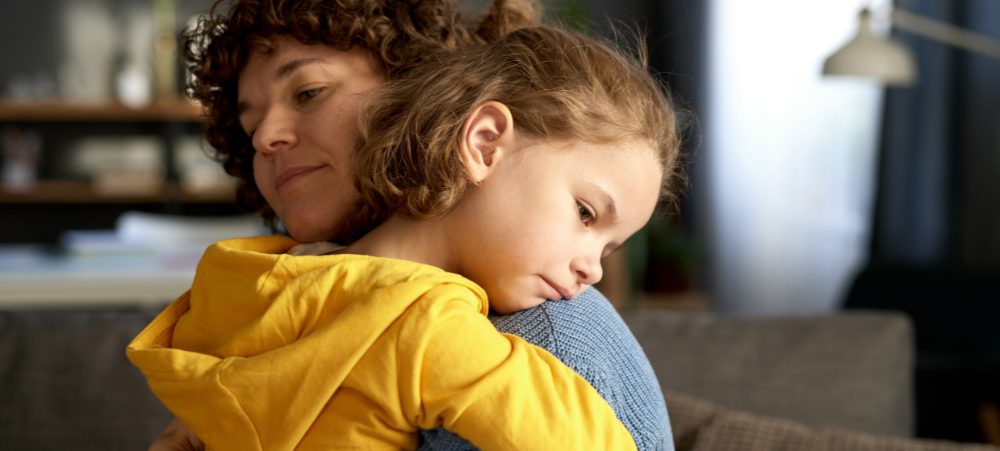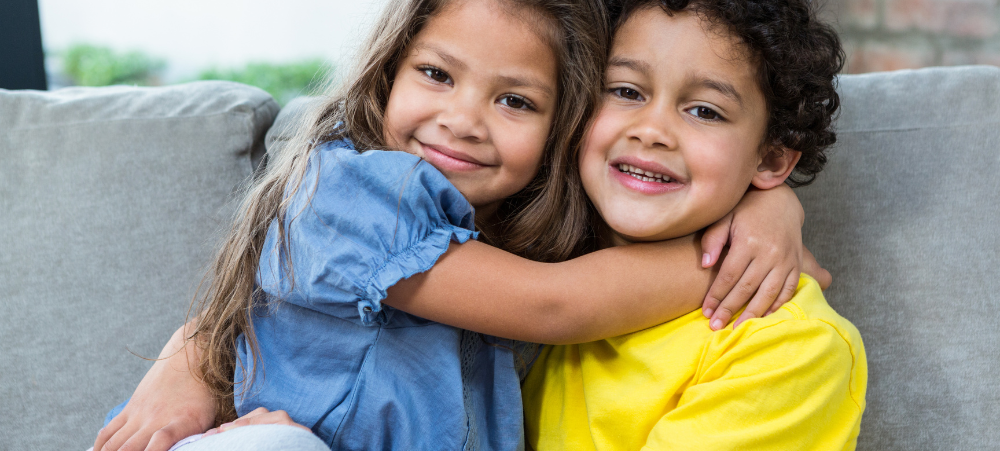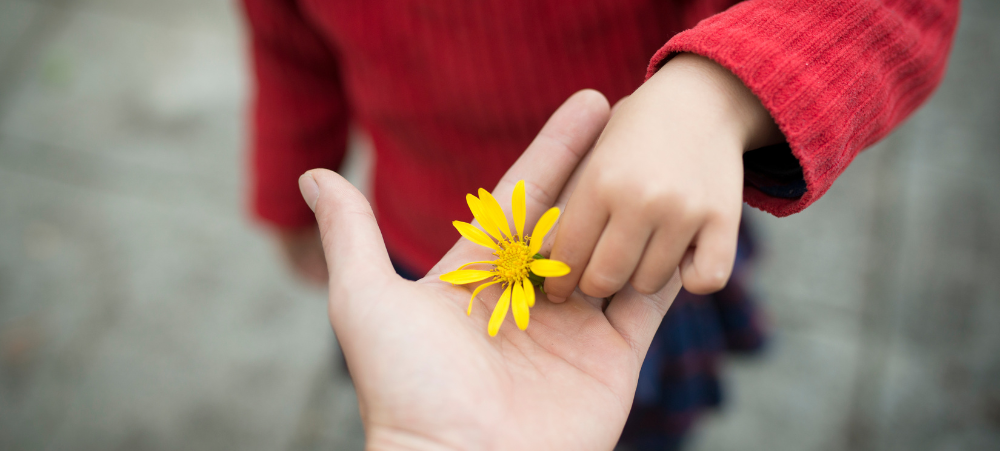Discipline is one of parenting’s toughest jobs — and one of the most misunderstood. Many parents are caught between being too strict or too lenient, unsure how to hold their kids accountable without starting World War III.
Enter creative consequences: an approach that shifts discipline from punishment to purposeful learning, reducing drama while teaching responsibility. When done right, discipline doesn’t have to involve yelling, grounding, or time-outs that leave everyone feeling resentful.
Let’s explore how creative consequences can transform your parenting toolkit — and your child’s behaviour.
💡 What Are Creative Consequences?
Creative consequences are logical and respectful reactions to misbehaviour that encourage kids to think, learn, and make better choices next time. They replace punishment with problem-solving, empathy, and responsibility.
Instead of “Because I said so,” creative consequences say, “Let’s connect the dots.”
For example:
- If your child breaks a toy by being careless → they help save up or repair it.
- If they are rude to a sibling → they write a kind note or do a helpful act.
- If they miss homework deadlines → they create a plan for managing time better.
This method is rooted in positive discipline, a model supported by experts like Dr. Jane Nelsen, author of Positive Discipline, who emphasises respectful correction over control.
🔄 Why Traditional Punishment Doesn’t Work
Studies show that harsh discipline (e.g., yelling, spanking, grounding) often leads to:
- Increased aggression
- Lower self-esteem
- Poor parent-child relationships
(American Psychological Association, 2019)
Worse yet, it doesn’t teach kids why their actions were wrong — it just teaches them to avoid getting caught.
Creative consequences, by contrast, build skills, such as:
- Problem-solving
- Empathy
- Accountability
🛠️ How to Use Creative Consequences Effectively
✅ Be immediate and related
The consequence should connect directly to the behaviour. If a teen stays up past bedtime scrolling on their phone, the logical outcome might be limited screen time the next night.
✅ Stay calm
Discipline works best without raised voices. You’re a guide, not a rival.
✅ Involve your child
Ask: “What do you think would be a fair way to fix this?” You’ll be surprised how reasonable kids can be when they feel heard.
✅ Avoid shame
Correct the behaviour, not the person. The goal is growth, not guilt.
✅ Follow through
Consistency builds trust. If you set a consequence, stick to it.
🌱 Examples by Age
- Toddlers: Throw food = help clean up.
- Preschoolers: Refuse to share = toy time paused until calm.
- Primary school: Forget lunch = they help pack it the night before.
- Tweens/Teens: Break house rules = lose privileges with a clear path to earn them back.
❤️ Discipline Without Shame = Growth With Connection
Discipline isn’t about control. It’s about teaching life skills in a way that protects your relationship and helps your child thrive. When consequences are creative, they’re not just effective — they’re empowering.
Sources:
- Nelsen, J. (2006). Positive Discipline.
- American Psychological Association. (2019). Discipline and Child Development. https://www.apa.org
- Center on the Developing Child, Harvard University – https://developingchild.harvard.edu
We understand that there are many aspects that encompass a Mother, Father or Child and strive toward providing resources and services that accommodates this.
Our content is aimed to inform and educate families on issues starting from pregnancy through to the challenges of the teen-age years.
- From Pain to Possibility: Panado®’s New Marketing Campaign, Highlights The Joy Of Pain Relief - December 10, 2025
- Feeding Unicorns by Jeni-Anne Campbell: A bold new book for business leaders who care - December 9, 2025
- The Benefits of PLAYMOBIL – Through the Eyes of a Qualified Play Therapist - December 2, 2025





